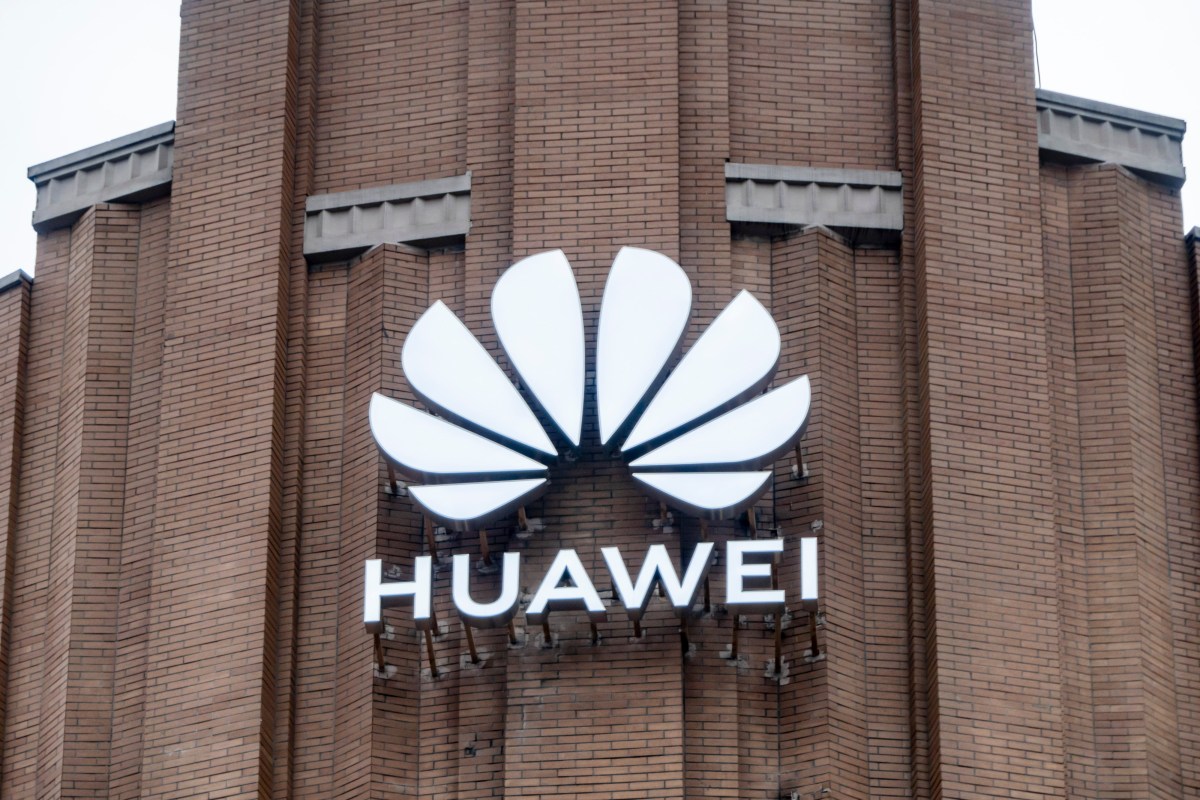Huawei unveils SuperPoD AI infrastructure as China bans Nvidia hardware

Key Points
- Huawei announced SuperPoD Interconnect at its Huawei Connect conference.
- SuperPoD can link up to 15,000 graphics cards, including Ascend AI chips.
- The technology is positioned as a competitor to Nvidia's NVLink.
- Huawei's AI chips are noted as less powerful than Nvidia's, but clustering adds compute power.
- China recently banned domestic tech firms from buying Nvidia hardware, such as RTX Pro 600D servers.
- SuperPoD offers a domestic alternative for high‑performance AI computing.
- The launch adds new competition to the AI infrastructure market.
Huawei announced a new AI infrastructure called SuperPoD Interconnect at its Huawei Connect conference, capable of linking up to 15,000 graphics cards, including its Ascend AI chips. The technology is positioned as a competitor to Nvidia's NVLink and aims to boost compute power for AI workloads. The launch follows a Chinese ban that prevents domestic tech firms from purchasing Nvidia hardware such as RTX Pro 600D servers.
Huawei Connect keynote introduces SuperPoD Interconnect
At the Huawei Connect conference in Shenzhen, China, Huawei unveiled its latest AI infrastructure, named SuperPoD Interconnect. The system is designed to link together as many as 15,000 graphics cards, incorporating Huawei’s own Ascend AI chips. By enabling a large cluster of processors to communicate at high speed, SuperPoD aims to increase overall compute capacity for training and scaling AI models.
The announcement highlighted that SuperPoD serves as a direct competitor to Nvidia’s NVLink technology, which also facilitates high‑speed communication between AI chips. While Huawei’s AI chips are noted to be less powerful than Nvidia’s offerings, the ability to cluster a massive number of them is intended to provide users with comparable compute resources.
Context of the Chinese ban on Nvidia hardware
The rollout of SuperPoD arrives shortly after China implemented a ban that restricts domestic technology companies from purchasing Nvidia hardware. The prohibition specifically includes Nvidia’s RTX Pro 600D servers, which were tailored for the Chinese market. This regulatory move underscores a broader effort to limit reliance on foreign semiconductor technology.
Huawei’s introduction of a home‑grown AI interconnect solution is positioned as a response to the tightened access to Nvidia products, offering Chinese firms an alternative pathway to achieve high‑performance AI computing without depending on the restricted hardware.
Implications for the AI hardware market
By presenting SuperPoD Interconnect, Huawei signals its intent to strengthen its AI ecosystem and reduce dependence on external chip manufacturers. The technology’s capacity to aggregate a large number of graphics cards could enable Chinese developers and enterprises to continue advancing AI workloads despite the current hardware restrictions.
The development also adds a new competitive dimension to the AI infrastructure space, where Nvidia’s NVLink has long been a benchmark for high‑speed chip communication. Huawei’s move may encourage further innovation and diversification of AI hardware solutions within the region.